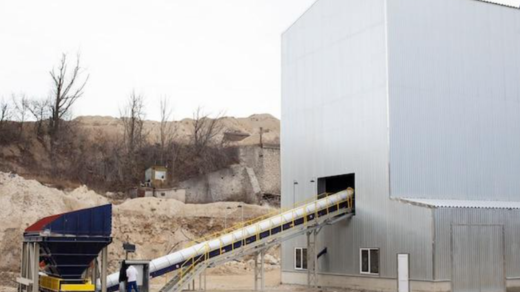Everything You Need to Know About Pugmills

In industrial applications, a pugmill is a popular tool for mixing, grinding, and processing materials to convert them into homogeneous substances. A pugmill machine is equipped with paddles that rotate for efficient mixing and blending of materials in brick-making kilns and the production of asphalt and cement. Many people commonly use pugmills to enhance the moisture content of dried clay in pottery. In construction applications, pugmills are used to design roads, and in ceramic applications, they ensure a high-quality, homogeneous final product. Here is a closer look at everything about pugmills.
What Are Pugmill Mixers?
Pugmills are essentially mixers that can process large quantities of materials in a short time. In pottery studios, they are used to de-air the clay and reintroduce water for a uniform consistency. There is a wide range of modular pugmills and blenders available, including diesel-hydraulic, dual-power, and electric options. In major infrastructure applications, a pugmill with a single feed hopper is used either for manually adding water or for fully automated powder addition. Another type, a tracked pugmill, features a long hopper, separate conveyors fitted with belt scales, and a fully automated PLC control and recording system.
What Are Pugmills Used For?
Pugmill machines are commonly used in rock quarries and construction applications to prepare road bases, cement-treated bases, and flex bases. In landfills, pugmills are used to dry waste sludge. Drying agents are added to the mixing materials and aggregate, and the sludge is then allowed to dry before being landfilled. Additionally, fly ash, bed ash, and cement kiln dust can be converted into stabilized materials using pugmills. Pugmills are also utilized in hydro excavation to dry fluids from oil and gas operations.
The Working Mechanism of a Pugmill
Pugmill mixing machines create rapid counter-rotations in both clockwise and counterclockwise directions for thorough mixing of materials. They have two mixing shafts with blades arranged at inclined positions. Pugmills use precise dosing and weight-calculating equipment to ensure that all ingredients enter the machine in the correct and required quantities. This process allows pugmills to generate uniform, efficient, and high-quality mixing and blending of materials.
Key Features of a Pugmill Mixer
Every pugmill has several efficient features, such as an automatically generated lubrication system for axial face shafts sealed with grease. Pugmill mixers also have clean-out doors, which make maintenance easy and simple. Moreover, the top doors of the pugmill have electromagnetic locks that prevent them from being opened during operation, ensuring uniform mixing.
Improved Project Outcomes by Hiring the Right Pugmill
As already discussed, pugmills are mostly used in rock quarries and construction applications. You can invest in a new pugmill if you have long-term projects, but in the short term, it’s not a wise decision. There are some reputable companies that provide a pugmill for hire, which is not only cost-effective but also has other benefits. When the pugmills are available for hire, you can choose the right pugmill according to the size needed for your project, which means you don’t have to rely on only one pugmill for different projects. Besides this, these types of services also offer maintenance and technical support, which reduces downtime and improves the overall project outcomes.




